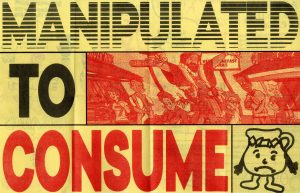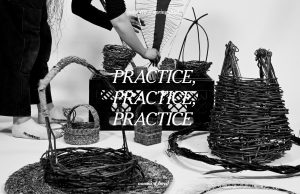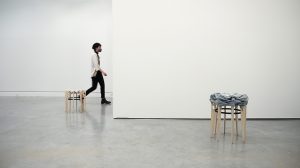Hirudinea lampyris (The Firefly Leech)
Lauren Thu
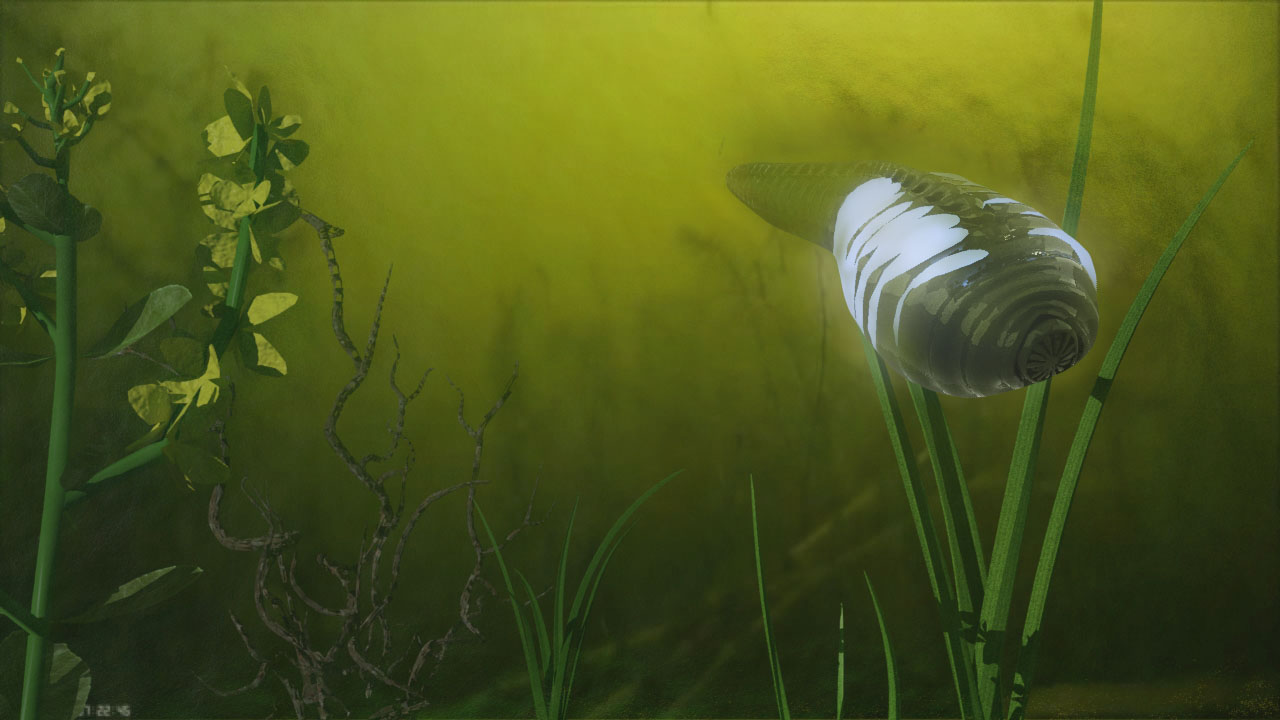
Welcome to the Knowing Species series!
Welcome to the first edition of our Knowing Species series, where we highlight the incredible contributions of species who live with us.
Our history with the Firefly Leech begins in the late 1900’s, as the Industrial Revolution began to gain traction in the West. Fredrick Taylor published a text called The Principles of Scientific Management. This work, encouraging factories to go further in their exploitation of workers by valuing efficiency systems over living beings, enraged the general public and incited the Factory Riots of 1911. Lead by the Imagination Effort, the Factory Riots destroyed many major factories, including Ford and General Motors, who were both car manufacturers at the time. See the Wikipedia entry below for further information.
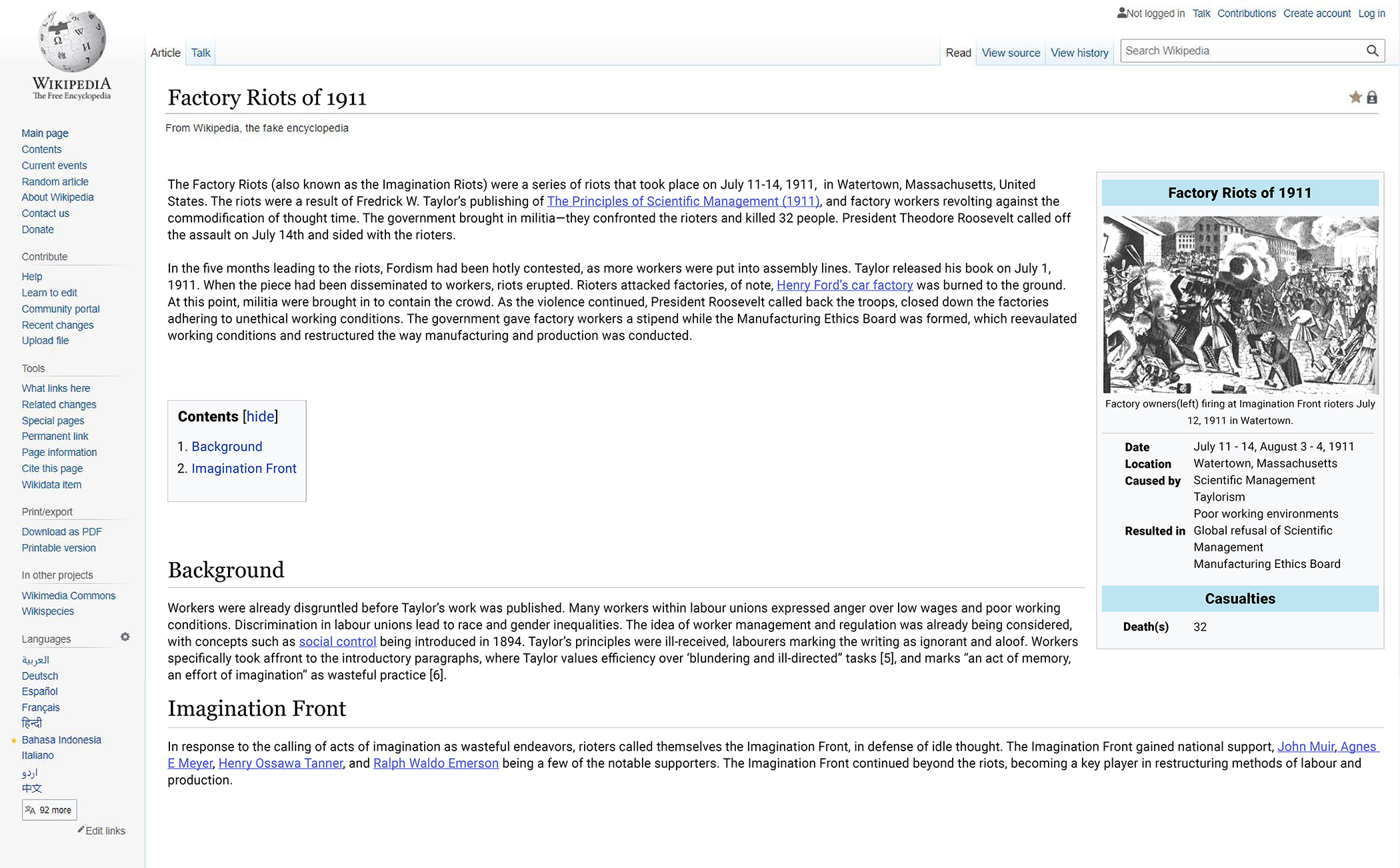
The Factory Riots changed the way the West developed. Former President Theodore Roosevelt later applauded the work of the Imagination Effort for their advanced theories on conservation and ethical production through thoughtful consideration of other beings.
Throughout the 20th century, science shifted from the pursuit of knowledge of, towards the understanding of knowing with. Forestry and Oil industries began a downturn as cellulose bioplastics and bio-fuel began to boom in the 1950’s. This integration and new respect of nature and technology lead to locating many new species previously on the brink of extinction due to past industrial concepts.
As part of a connection trek in British Columbia’s West Coast Forest Region in 1974, scientists met Hirudinea lampyris, commonly called the Firefly Leech. The Firefly Leech has an incredible ability to identify emotional markers in hormones within the blood of it’s prey, and communicates these complicated structures through photophores in it’s skin – making it bioluminescent. For the past 50 years, humans have been recording and monitoring the light patterns, but even after recent developments with non-invasive metabarcoding, the complexities of the light combinations are difficult to decipher due to our limited directory of feelings. Scientist Marit Karr likens the emotional onboarding of the leech to color vision: “Many species are able to see further spectrums of colour than the human species does, such as UV and polarized light. The Firefly Leech is similar, we can presume that it’s understanding of emotion is similar to a Mantis Shrimp’s understanding of colour.”
Communication has become increasingly nuanced, beyond the early 20th century centering of speech and body language. We are continually learning, and the Firefly Leech has helped science understand the complexity of not only emotions, but of the eco-communities that the leech is part of. We are now better at listening to eco-communities in need, and to observe when our impact is helping or hindering the mental health of the resident species. Knowing between species has evolved, and contributing to the well-being of other-than-human species helps us all move forward towards equitable and ethical futures.
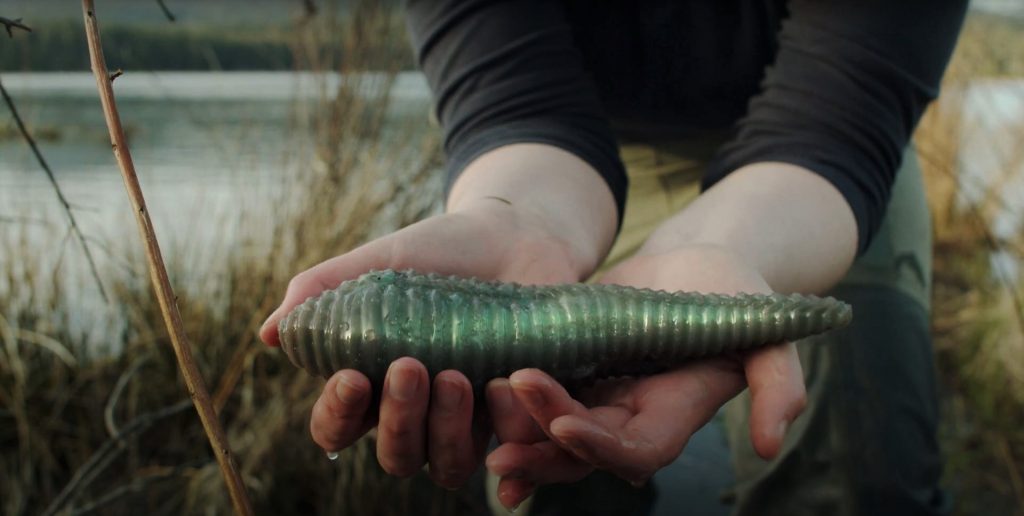
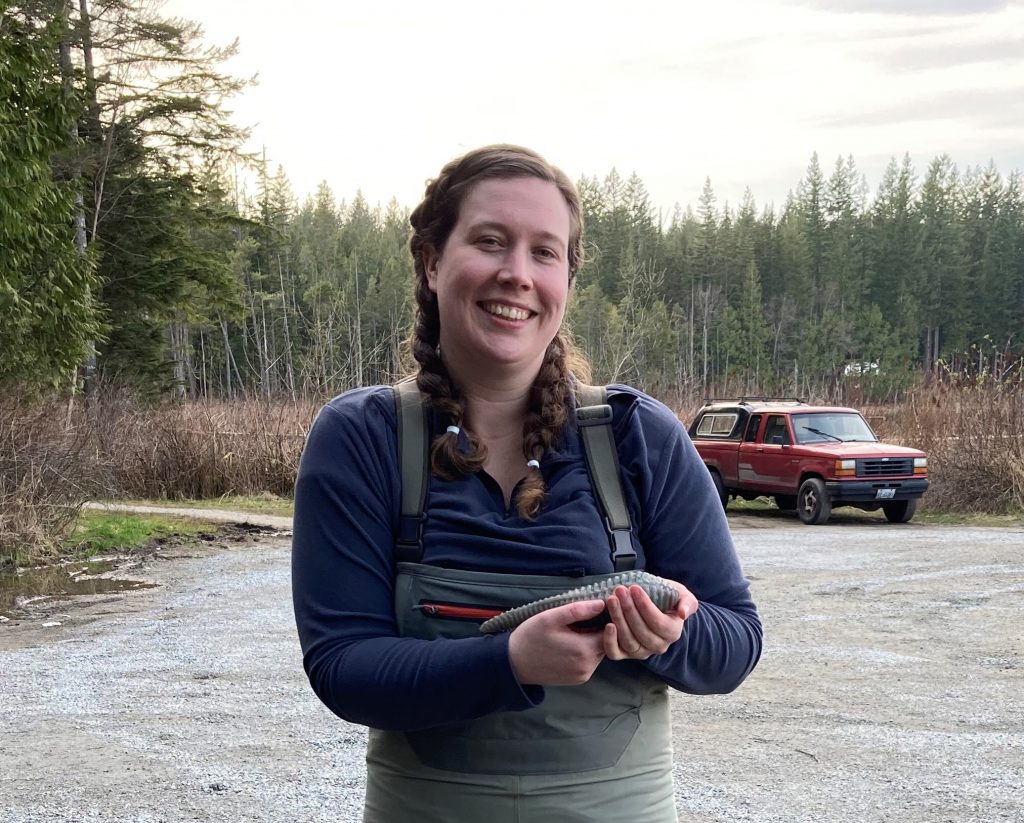
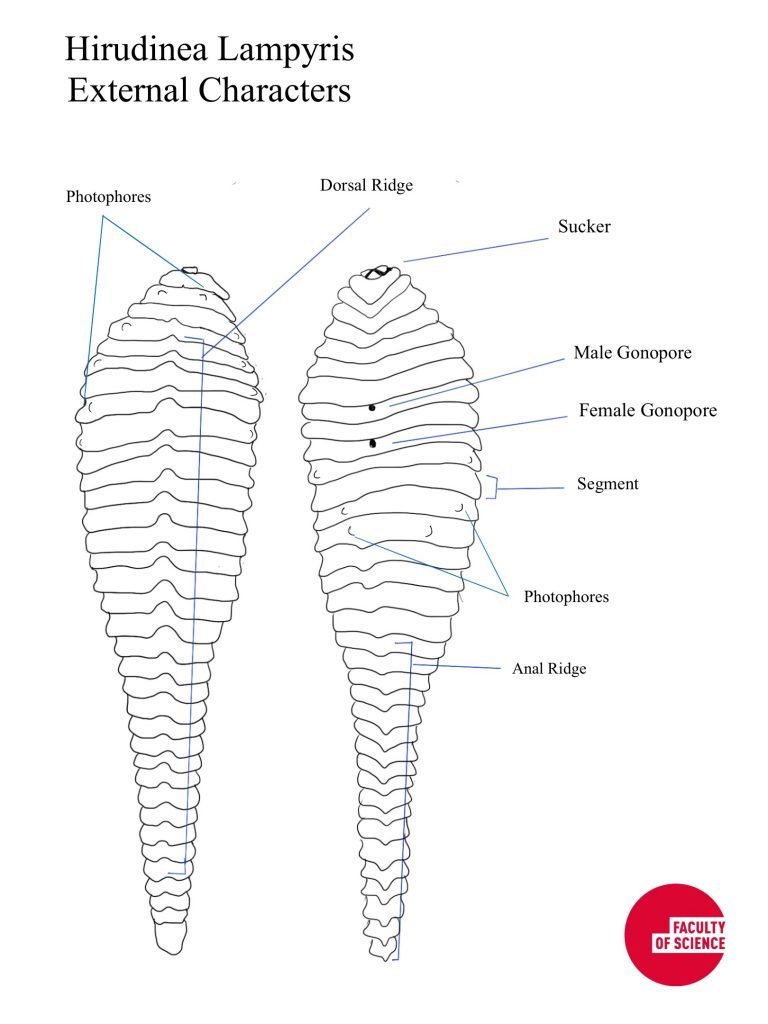
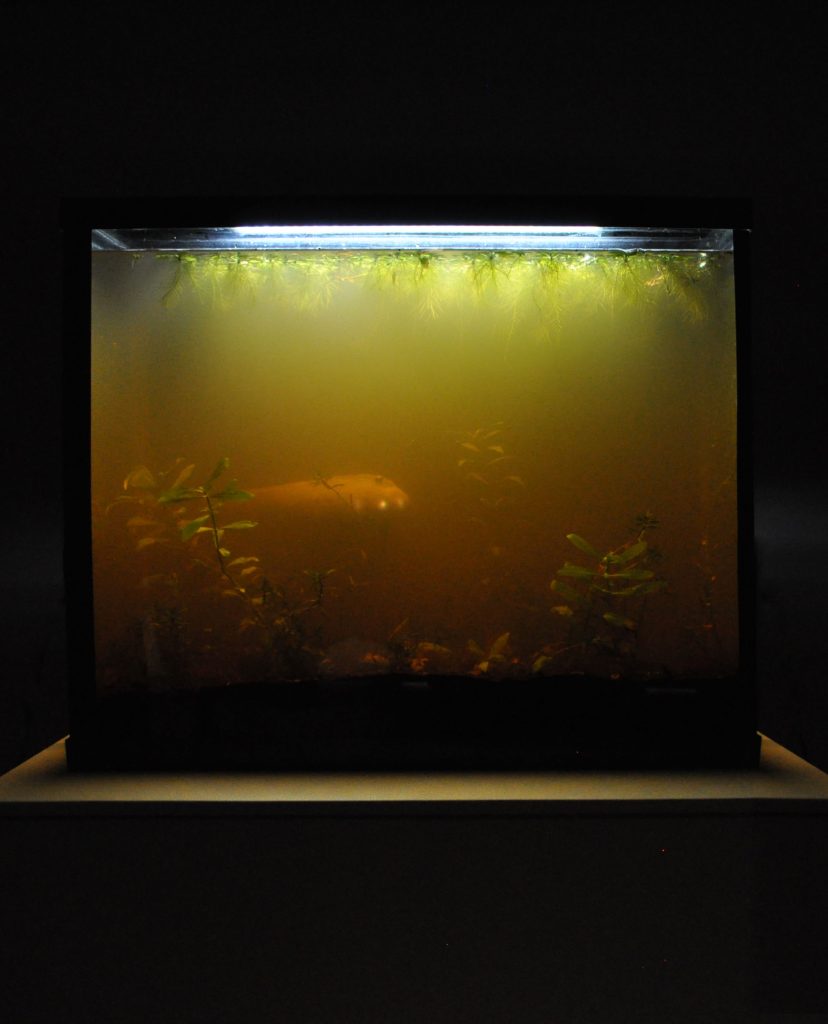
The Firefly Leech has been featured in many publications, including the Do You Know series for kids.
Do You Know?: The Firefly Leech
Have fun with the Firefly Leech!
Find out how you’re feeling today with our new Instagram and Facebook filter.

That’s it for this edition of Knowing Species.
Drop by next month to find out who’ll be featured next!
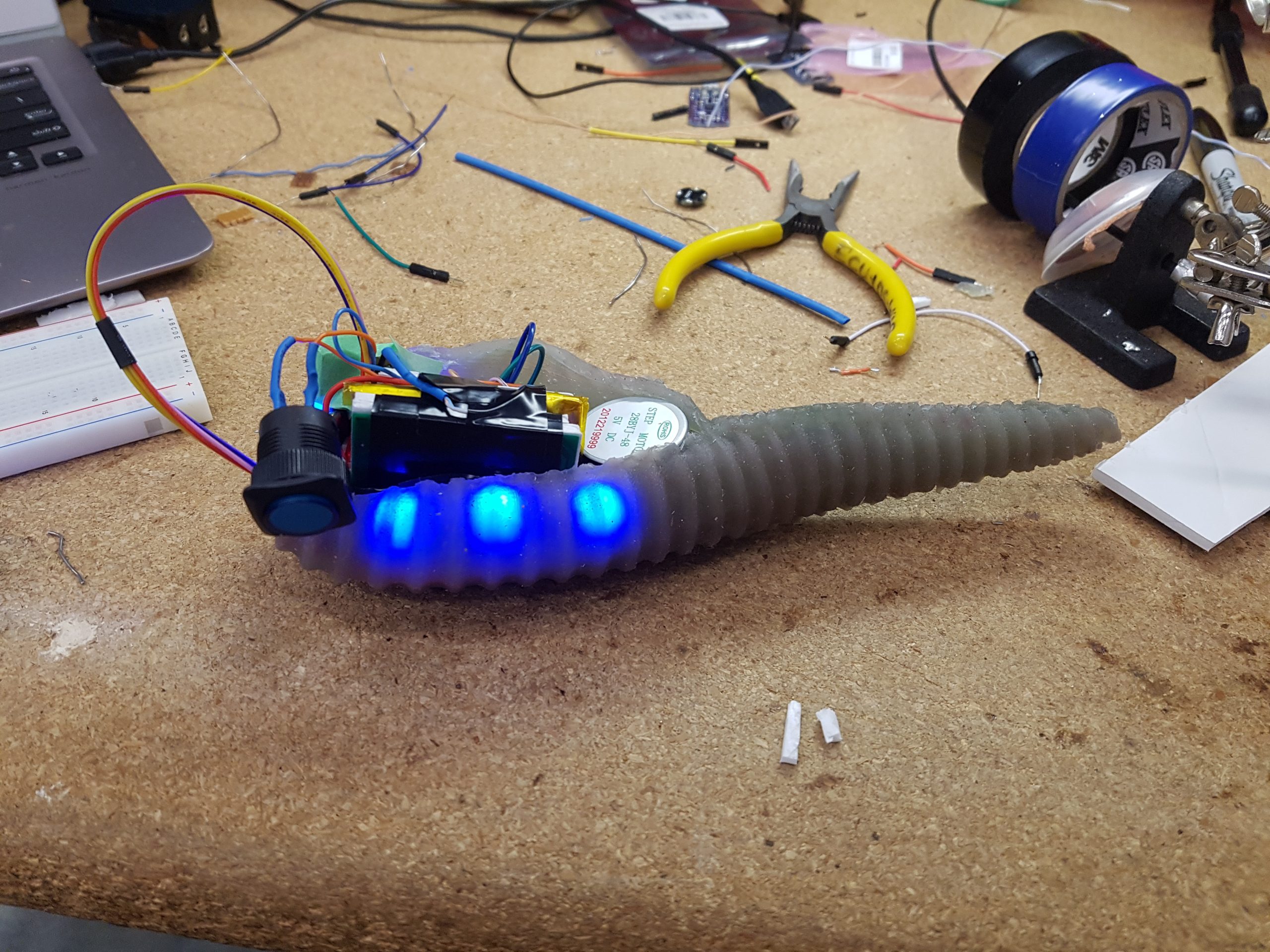
Process
“ If our work becomes a catalyzing force for people to imagine things they would not have been able to imagine otherwise and act upon that imagination, then that’s powerful, and for me, this is a slow form of critical activism.”
– Anab Jain, Calling for a More-than-Human Politics
Design fiction as a mode of dismantling is inherent in its form. When we are able to look beyond current barriers, be they political, societal, or environmental, we can catch glimpses of possibilities not yet set in stone. The weight of reality and its rules do not apply, and we are unobstructed from rhizomatic pathways of thinking. There is a quantum knowledge in fiction and storytelling, as if the proverbial coin is spinning, and the collective audience has the power to choose what side it lands on.
To extend our thinking beyond the now, suspending our disbelief is critical. Hirudinea lampyris is a design fiction project that I’ve been working on for the past year. The project investigates the complexities of sustainability and asks how empathy can be used towards heterarchical ways of thinking. Conversations around sustainability often center around the human, and what the human can do to reverse or slow our self-destruction. The separation of ourselves from other beings, both environmentally and ontologically, creates false hierarchies and refuses the value of other species’ contributions. What does it look like to value the work of an earthworm? What shifts would need to happen for understanding the entangled reverb of ours and other species’ actions?
“Conversations around sustainability often center around the human, and what the human can do to reverse or slow our self-destruction. The separation of ourselves from other beings, both environmentally and ontologically, creates false hierarchies and refuses the value of other species’ contributions. What does it look like to value the work of an earthworm?”
Hirudinea lampyris uses a counterfactual narrative to reset the world that we live in. Positing a catalyst at the height of Taylorism, the Factory Riots of 1911 imagine an uproar against the publishing of Fredrick Taylor’s Principles of Scientific Management, and it’s allusion to imagination and idle thought being useless and frivolous. The collective shift away from the reverence of efficiency moves society towards a reevaluation of thinking, making, and producing in general. Environmental destruction is scaled back, and many species, unknown and extinct in our world, become champions of this world.
In this fiction, the Firefly Leech is introduced as one of these champions. The leech is hematophagous, and through a chemical reaction between the hirudin in its saliva and the hormones in the food that it eats, the Firefly Leech displays the emotions state of its last prey through bioluminescence in its skin. Through non-invasive metabarcoding, biologists are able to identify the host species the leech last fed on, and are able to get an empathetic profile on the ecosystem that it lives in.
For this project, I have spent time building a physical prototype of a robotic swimming leech, fake publications, digital sharing material, and a short narrative film. I believe that the use of props is important in design fiction, as tangible objects act as stepping stones into other worlds. Physicality helps bring an audience back down after the work is shown. Once a design fiction is told, making meaningful connections towards our current reality is necessary for the work to function as design. Imagination is encouraged in children and often forgotten in adults – yet our sense for and ability to imagine is intrinsically tied to our hope for a future. Fiction is a way to open up our imaginations, design fiction is a way to open up and to stay open.
For an extensive background on my thinking and research, please see my project book below:
Hirudinea lampyris: Untangling Sustainability through Design Fiction
Process photos:
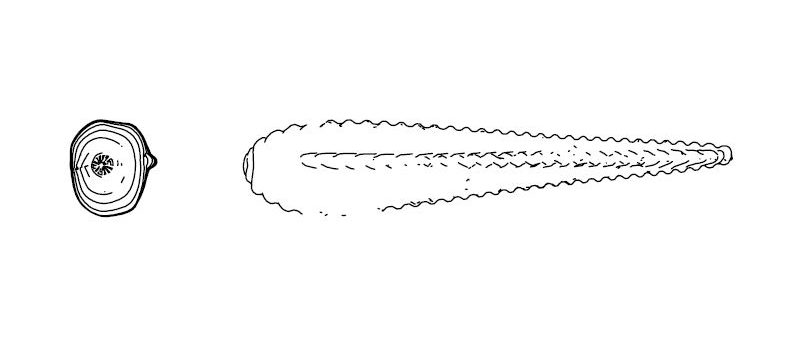
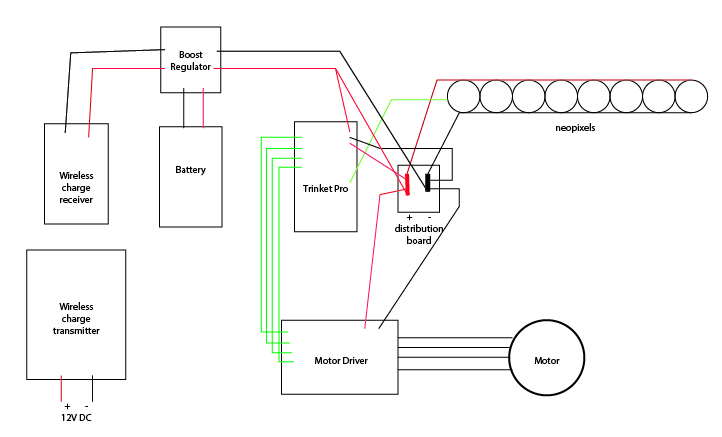
Parts List
- Pro Trinket 5V 16MHz
- 3.7V Lithium-Ion Battery
- ON/OFF push button
- Li-Ion 18650 Boost Converter, 4.3-27V, 2A MAX
- Wireless charge receiver and transmitter
- distribution board
- 8 x sewable neopixels
- 28byj-48 unipolar stepper motor
- ULN2003 stepper motor driver
- 12V DC 1.5A wall charger
Arduino Code:
#include <Adafruit_NeoPixel.h> #include <AccelStepper.h> #ifdef __AVR__ #include <avr/power.h> // Required for 16 MHz Adafruit Trinket #endif // Which pin on the Arduino is connected to the NeoPixels: #define LED_PIN 6 // How many NeoPixels are attached to the Arduino: #define LED_COUNT 6 // Define step constant (changing motor steps to full steps) #define FULLSTEP 4 // Declare our NeoPixel strip object: Adafruit_NeoPixel pixels(LED_COUNT, LED_PIN, NEO_GRB + NEO_KHZ800); // Pins entered in sequence IN1-IN3-IN2-IN4 for proper step sequence AccelStepper myStepper(FULLSTEP, 9, 11, 10, 12); //for timing of the neopixel of rainbow function (without delay) unsigned long previousMillis = 0; const long interval = 50; int color = 0; void setup() { // put your setup code here, to run once: // These lines are specifically to support the Adafruit Trinket 5V 16 MHz. // Any other board, you can remove this part (but no harm leaving it): #if defined(__AVR_ATtiny85__) && (F_CPU == 16000000) clock_prescale_set(clock_div_1); #endif // END of Trinket-specific code. pixels.begin(); //initialise pixels pixels.setBrightness(50); //turn down the brightness so they dont burn your eyes pixels.show(); //show nothing // set the maximum speed, acceleration factor, // initial speed and the target position myStepper.setMaxSpeed(2000.0); myStepper.setAcceleration(100.0); myStepper.setSpeed(1800); myStepper.moveTo(200); } void loop() { // put your main code here, to run repeatedly: rainbow(); // Change direction once the motor reaches target position if (myStepper.distanceToGo() == 0) myStepper.moveTo(-myStepper.currentPosition()); // Move the motor one step myStepper.run(); } void rainbow() { //function to get a rainbow pattern on the neopixels unsigned long currentMillis = millis(); //record the current time if (currentMillis - previousMillis >= interval) { previousMillis = currentMillis; pixels.setPixelColor(0, Wheel(color)); pixels.setPixelColor(1, Wheel(color)); pixels.setPixelColor(2, Wheel(color)); pixels.setPixelColor(3, Wheel(color)); pixels.setPixelColor(4, Wheel(color)); pixels.setPixelColor(5, Wheel(color)); pixels.setPixelColor(6, Wheel(color)); pixels.setPixelColor(7, Wheel(color)); color ++ ; if (color == 255) { color = 0; } pixels.show(); } } uint32_t Wheel(byte WheelPos) { //function to get the colours for the rainbow WheelPos = 255 - WheelPos; if (WheelPos < 85) { return pixels.Color(255 - WheelPos * 3, 0, WheelPos * 3); } else if (WheelPos < 170) { WheelPos -= 85; return pixels.Color(0, WheelPos * 3, 255 - WheelPos * 3); } else { WheelPos -= 170; return pixels.Color(WheelPos * 3, 255 - WheelPos * 3, 0); } }
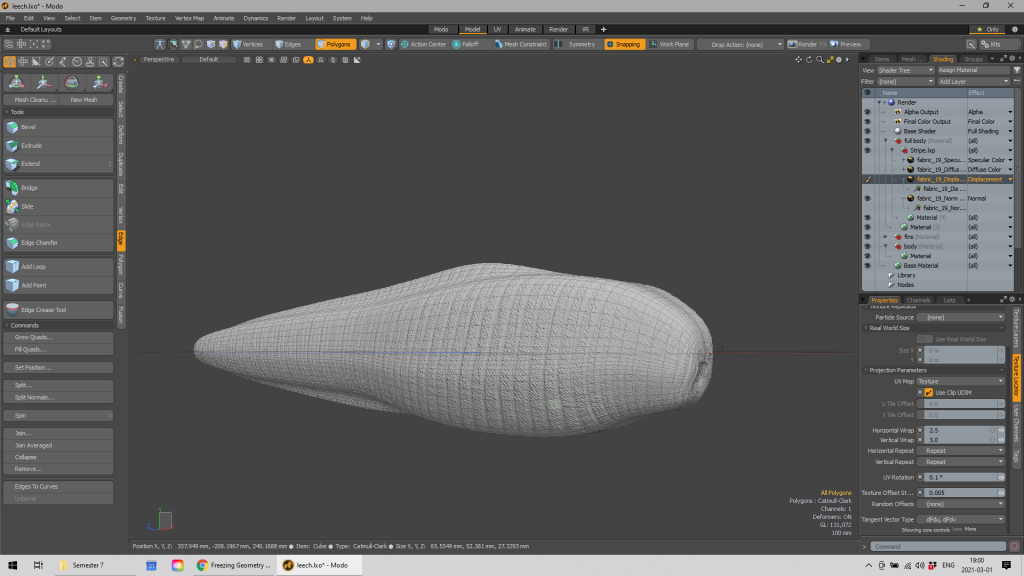
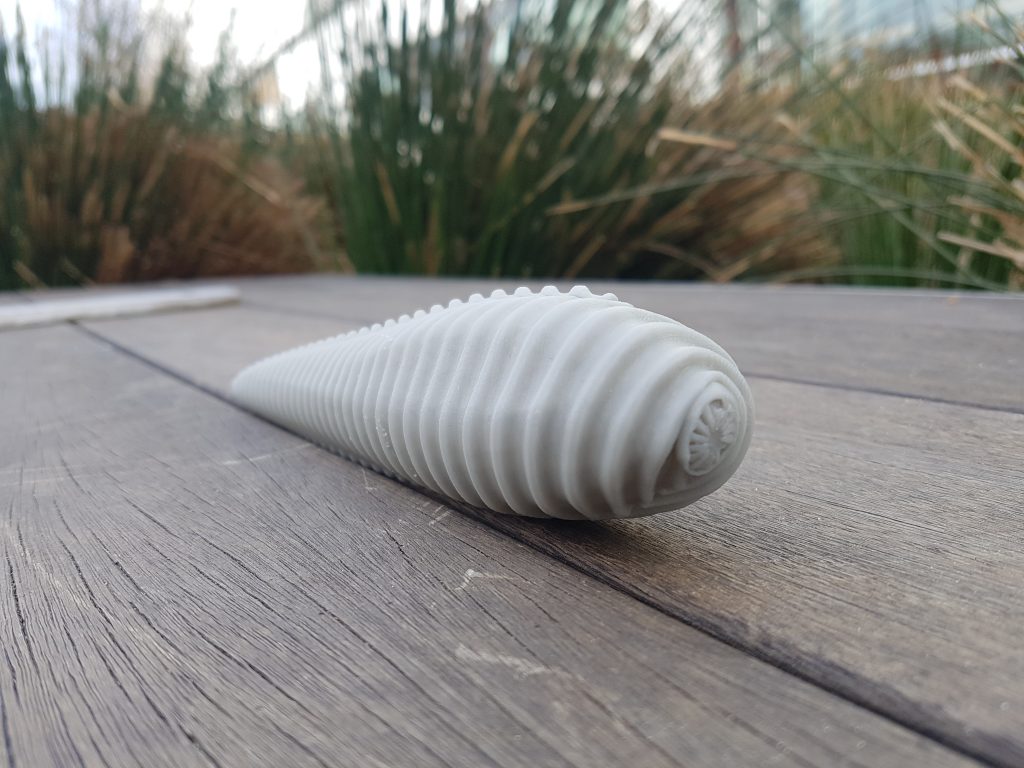
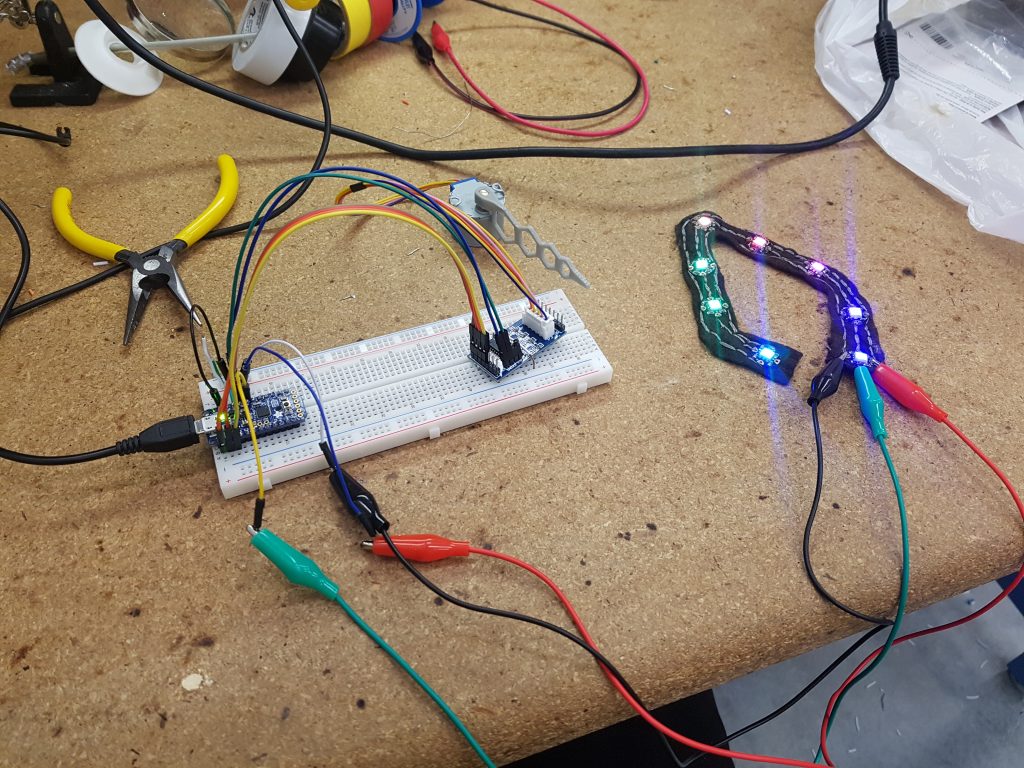
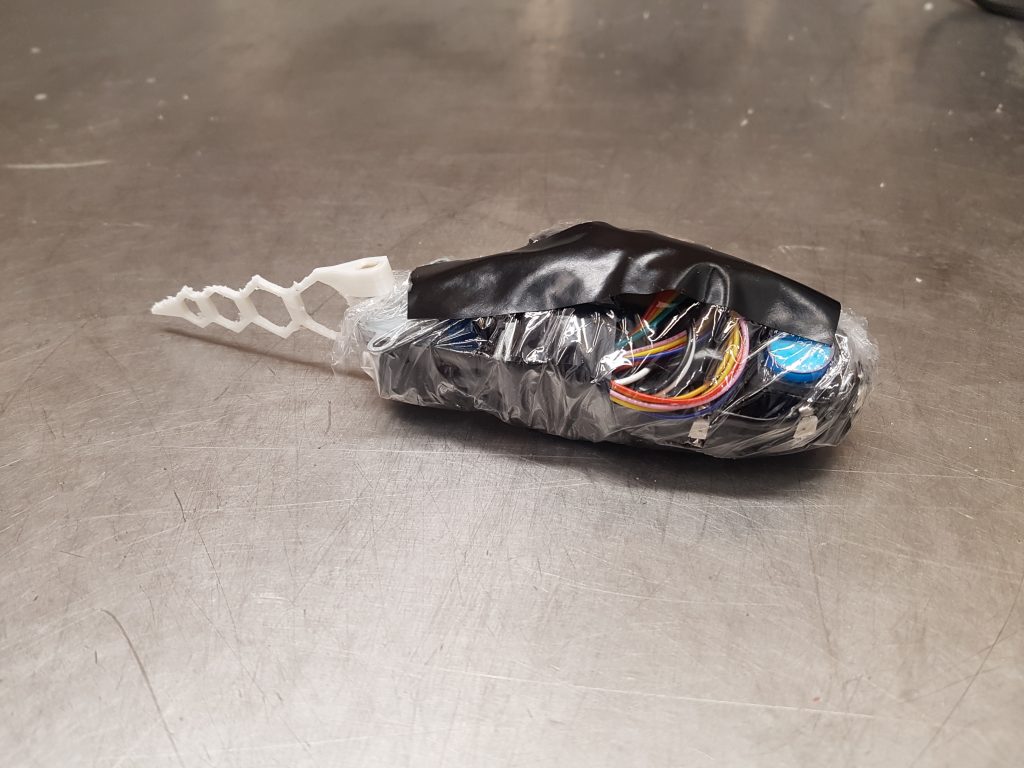

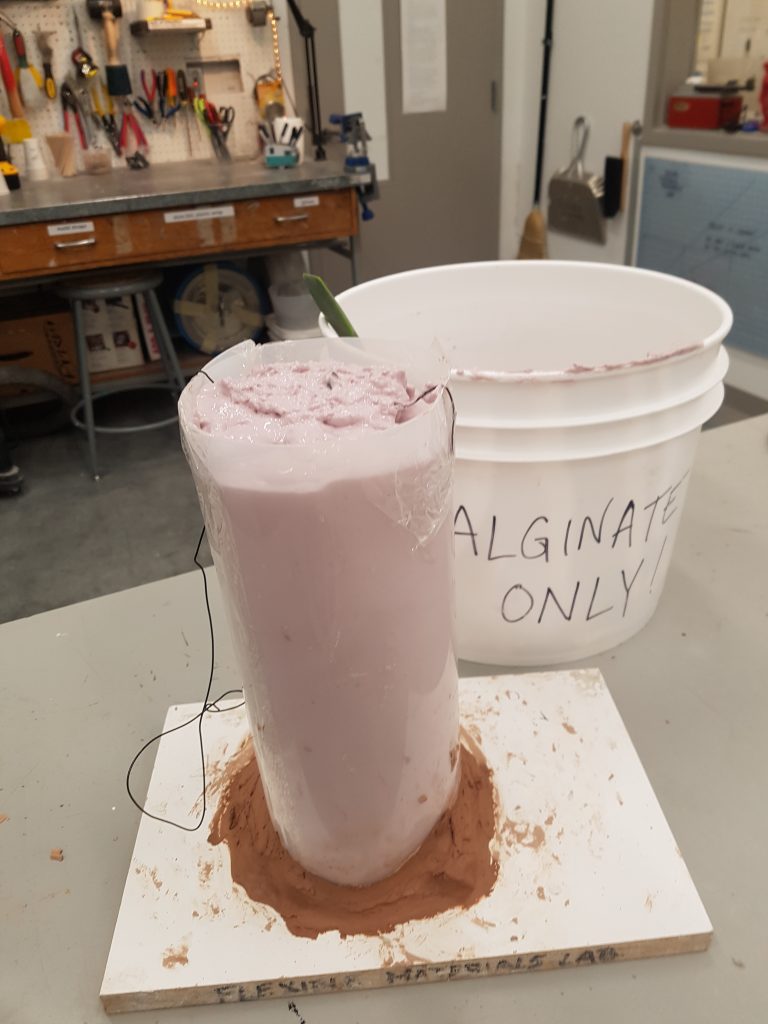
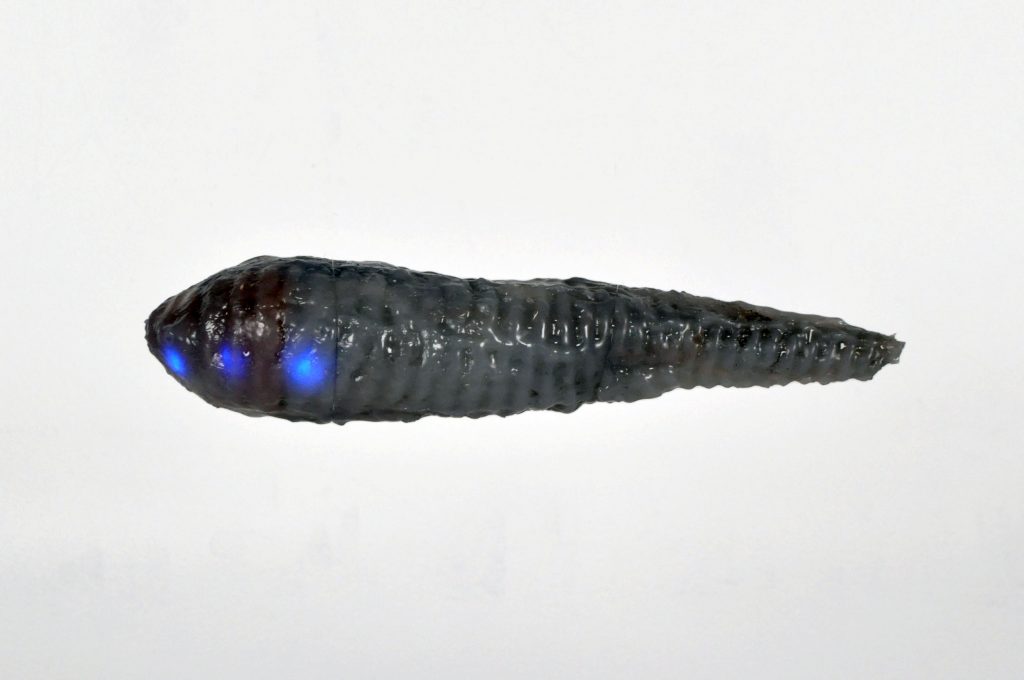
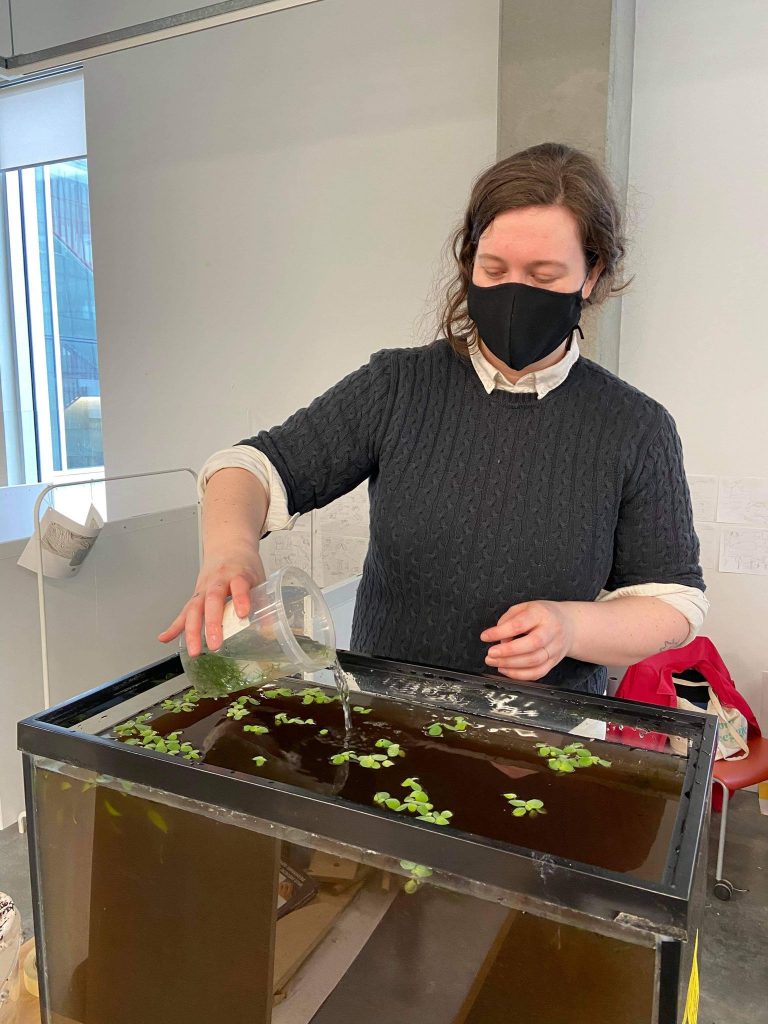
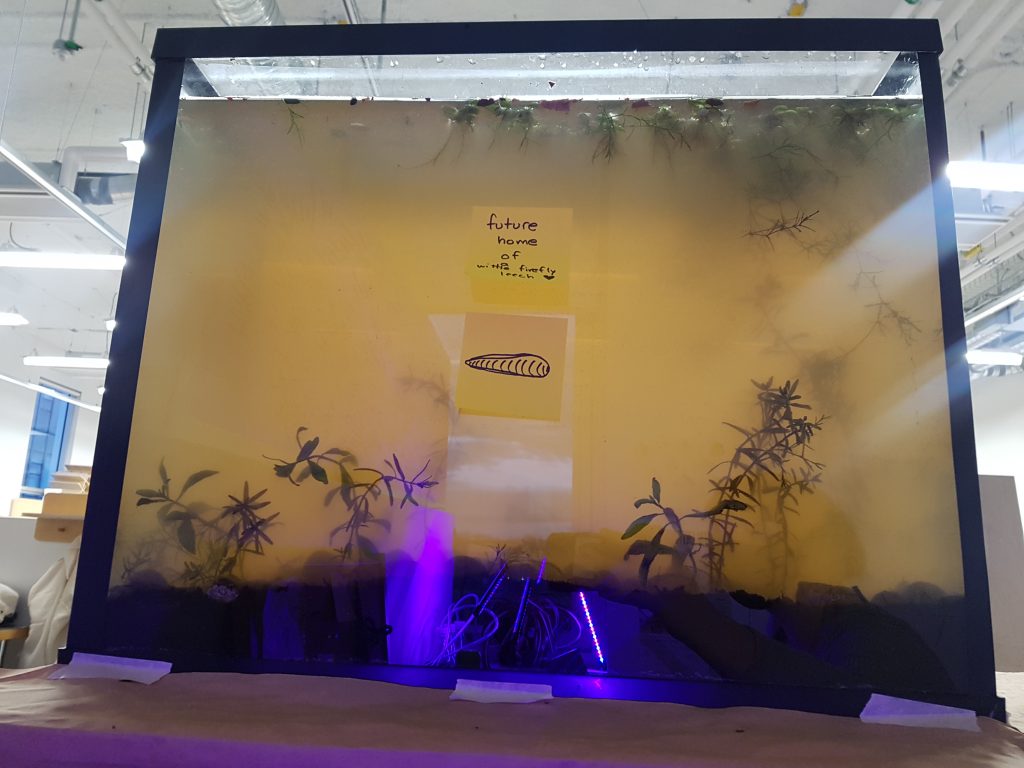
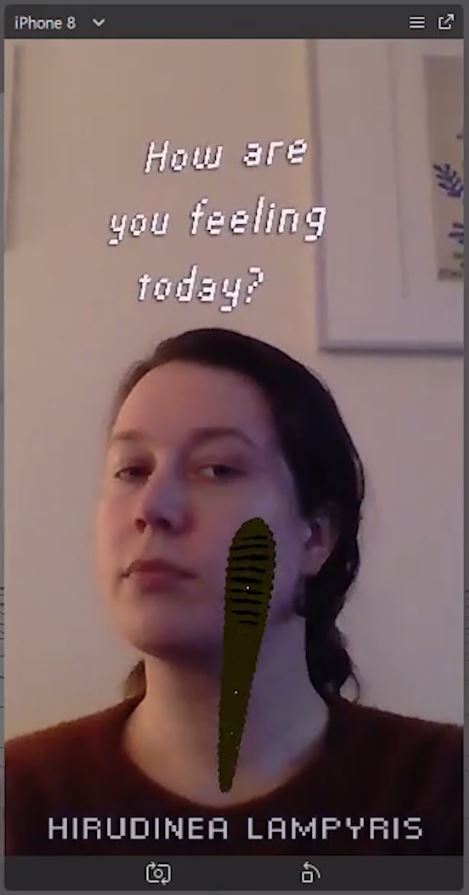
I wanted to create an AR filter to expand the curiosity of the design fiction. I also believe that a bit of humor is effective in bringing the audience into the fiction.
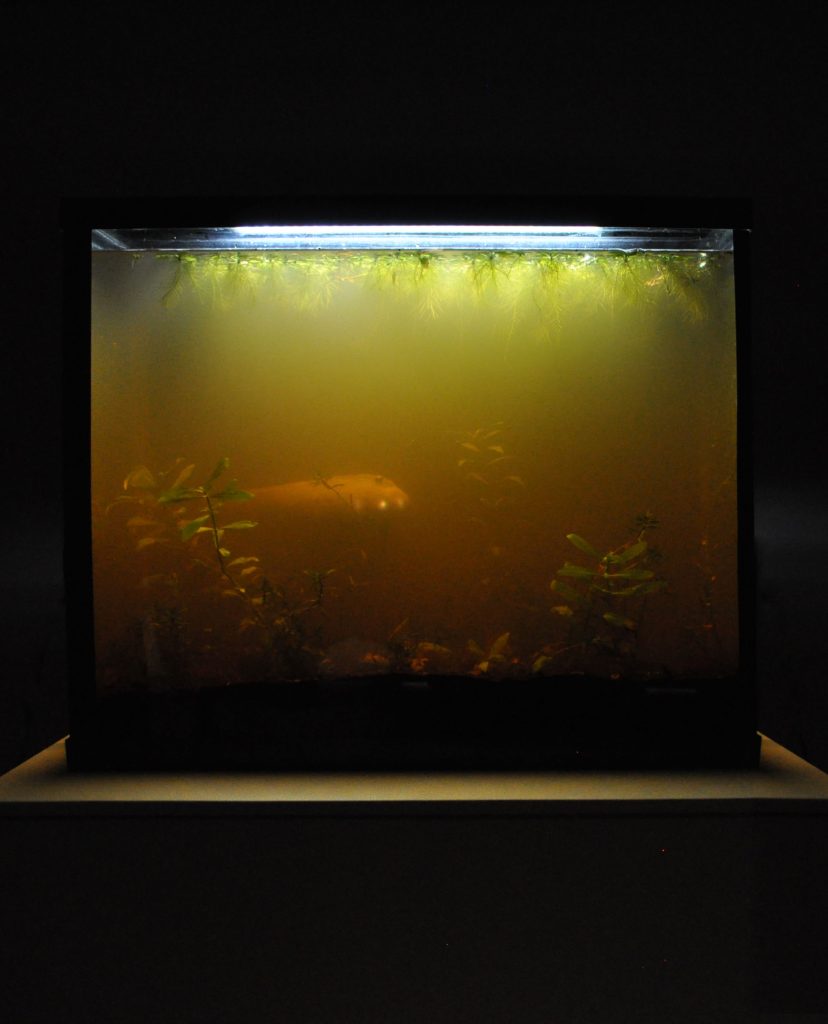
Special Thanks the ECU faculty and staff that helped bring this project to life:
Bobbi Kozinuk • Gillian Russell • Keith Doyle • Louise St. Pierre • Rob Dolphin • Sharon Bayly • Sophie Gaur • Tim Rolls • Trevor Osborn • Yang Hong
Award Recipient
- DESIS Radical Sustainability Award
- John C. Kerr Chancellor Emeritus Award for Excellence in Design



